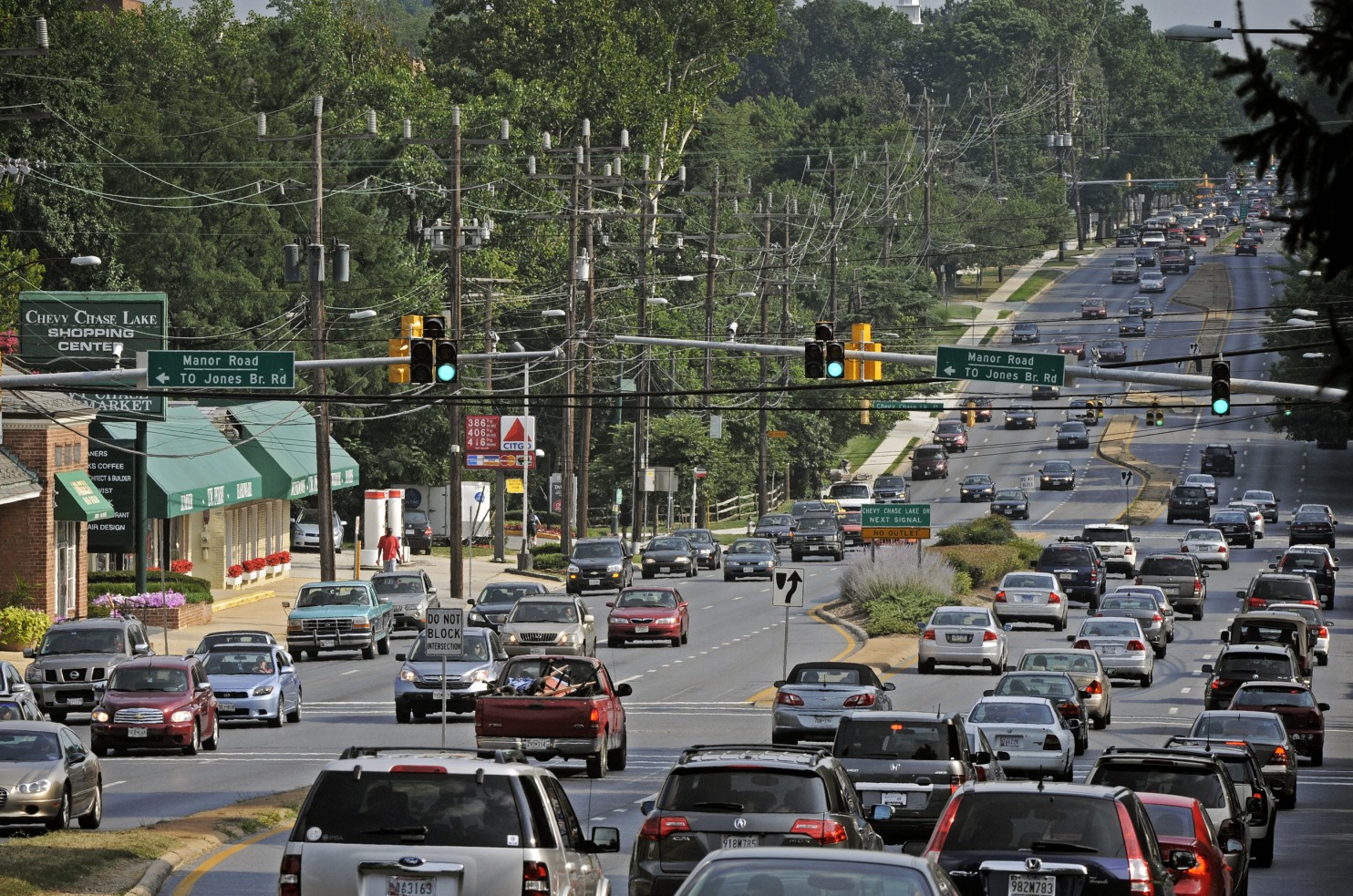In the wake of District Court Judge’s Richard Leon’s decision that the Purple Line Final Environmental Impact Study (FEIS) violated the National Environmental Policy Act (NEPA) by failing to take into account ongoing Metro problems in their ridership estimates, the defendants have several different options.
First, defendants can produce the Supplemental Environmental Impact Study (SEIS) required by the District Court. According to the Maryland Transit Administration (MTA), this would set the project back by six months and could unravel the public-private partnership. I suspect that this is hyperbole and that MTA would manage to do it more quickly, though the study would need to be substantial enough to satisfy Judge Leon.
Alternatively, the defendants can appeal. Maryland Secretary of Transportation Pete Rahn has said that Maryland will appeal the ruling. Except that the decision about any appeal rests with the Federal Transit Administration (FTA) and the Justice Department, as the federal government is the defendant in the lawsuit.
As a first step towards any appeal, the federal government would need to seek a stay of Judge Leon’s ruling. The decision on any request for a stay would be a critical moment. If appellants win their request, the Purple Line could continue to proceed even as the appeal moves forward.
In order to receive a stay, the federal government would like have to show substantial, irreparable harm from a delay and the appellate court would have to deem them likely to win their appeal. In my view, the first condition would not be hard to demonstrate. The second point also strikes me as winnable, if only because NEPA suits tend to fail. But I’m not a lawyer–I don’t even play one on TV–and the Judge’s decision increases uncertainty.
Whether they are granted a stay or not, MTA and FTA would most likely wisely start to produce an SEIS so that they are prepared regardless of the outcome of the appeal. If FTA wins an appeal, they won’t need it but the money is small beans in comparison to the overall cost of the project. The appeals process could well take longer to conclude than an SEIS.
Regardless of the outcome, Judge Leon’s decision has highlighted MTA’s flat unwillingness to produce information on how it calculated Purple Line ridership. In effect, this biased and politicized agency is saying “trust me” to the public on this enormously expensive project–eerily reminiscent of Donald Trump’s “believe me.” Even the ardently pro-PL Washington Post acknowledged this fundamental issue in its editorial decrying the decision:
Granted, Maryland transit officials have not been sufficiently transparent about how they arrived at ridership numbers. And if their estimates for the Purple Line fall short of forecasts, it could prompt the state to raid other revenue sources to pay off the project’s construction debt.
Additionally, Purple Line advocates are in the uncomfortable position of explaining (1) their utter faith that Metro ridership will rise even though it has declined for several years despite strong regional growth, (2) why we should believe that the trend toward telecommuting and biking, which they use to explain the decline, will cease, and (3) why Metro’s deep problems will be solved anytime soon, despite the recent derailment of the brand new Silver Line.

